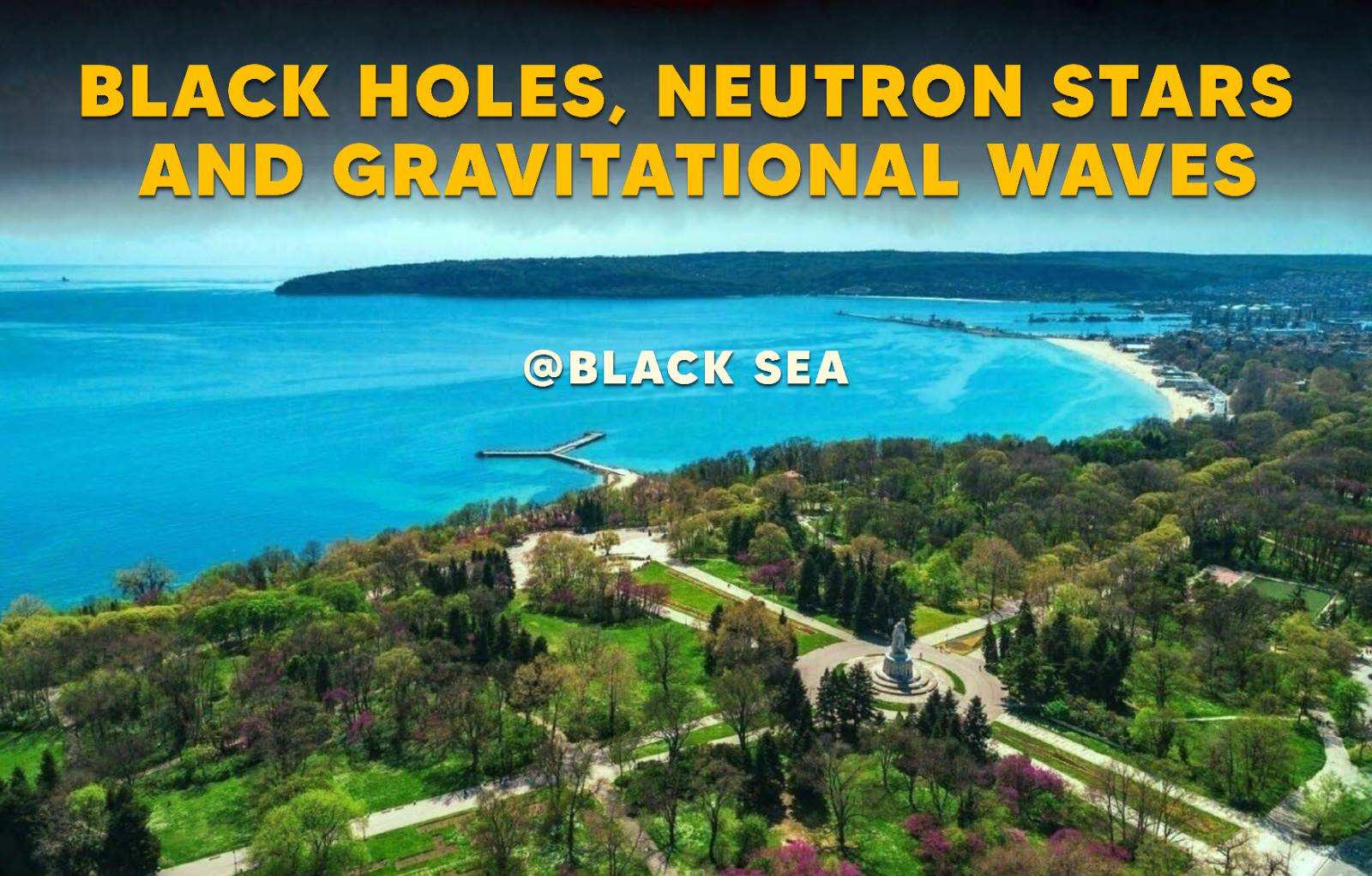Speaker
Description
After the first detections of gravitational waves from the collision of compact merging binaries, including both black holes and neutron stars, the next great new discovery from LIGO-Virgo-KAGRA detectors could be associated with the collapse of massive stars. With a galactic event rate of about 2-3 per century, core-collapse supernovae (CCSNe) are a primary candidate for gravitational wave detectors and their observation could unveil the mechanism for this powerful explosions as well as help us understanding the properties of matter at high densities. Unfortunately these events are extremely weak and their detection present a great challenge. I will present recent results on how to infer the properties of the nascent neutron star based in the gravitational wave signal and how these properties could be used to improve the detectability of CCSNe.

